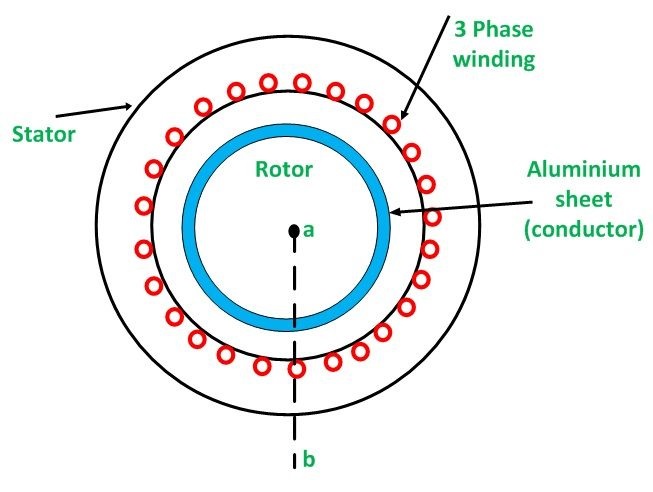Linear induction motor
linear induction motor (LIM) is an alternating current (AC), asynchronous that works by the same general principles as other induction motors but is typically designed to directly produce motion in a straight line. Characteristically, linear induction motors have a finite primary or secondary length, which generates end-effects, whereas a conventional induction motor is arranged in an endless loop.
Despite their name, not all linear
induction motors produce linear motion; some linear induction motors are
employed for generating rotations of large diameters where the use of a
continuous primary would be very expensive.
As with rotary motors, linear motors
frequently run on a three-phase power supply and can support very high speeds.
However, there are end-effects that reduce the motor's force, and it is often
not possible to fit a gearbox to trade off force and speed. Linear induction
motors are thus frequently less energy efficient than normal rotary motors for
any given required force output.
LIMs, unlike their rotary counterparts, can give a levitation effect. They are therefore often used where contactless force is required, where low maintenance is desirable, or where the duty cycle is low. Their practical uses include magnetic levitation, linear propulsion, and linear actuators. They have also been used for pumping liquid metals.

Related Articles
Lesson meta keywords and meta description:
Write a public review